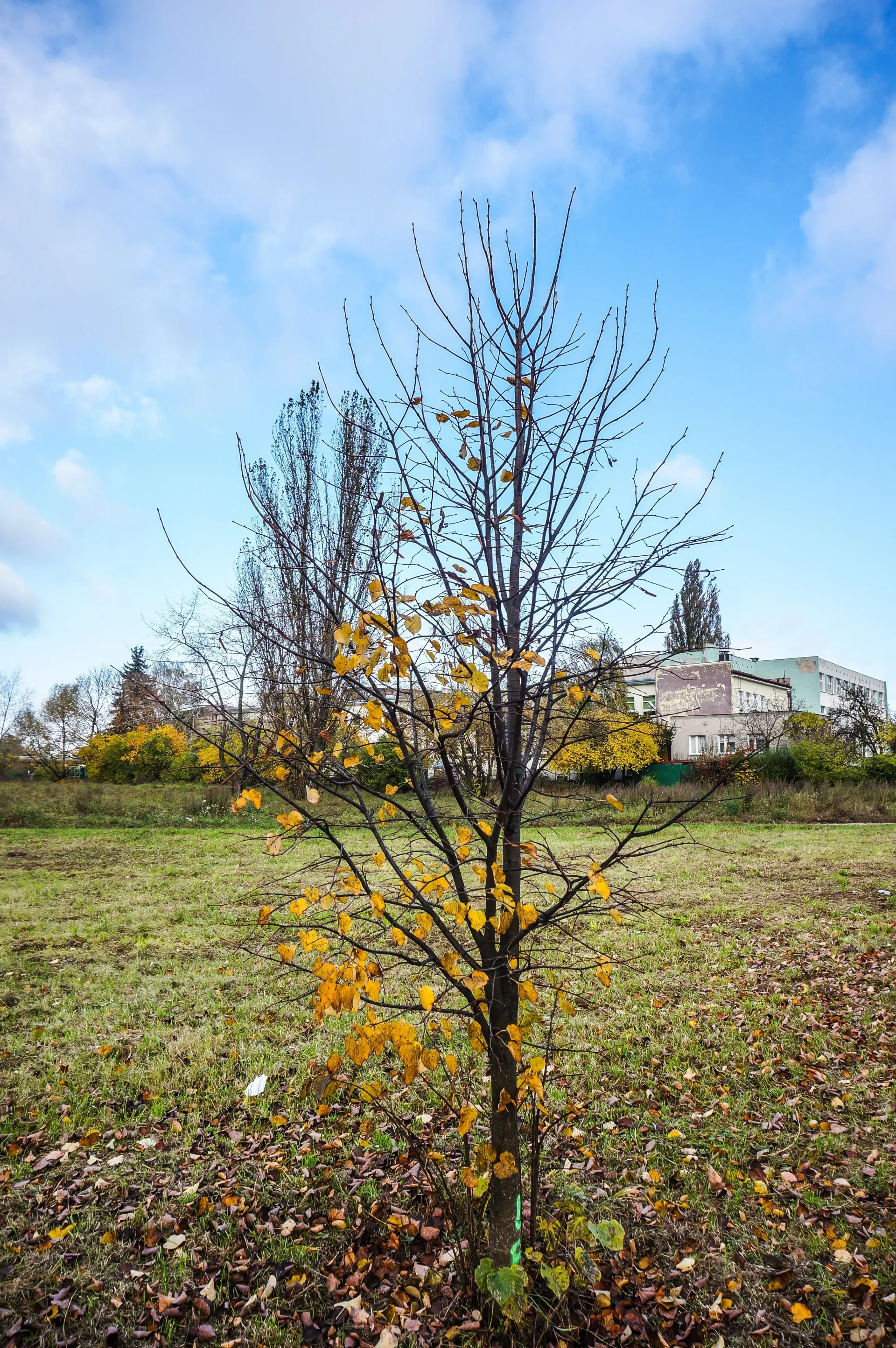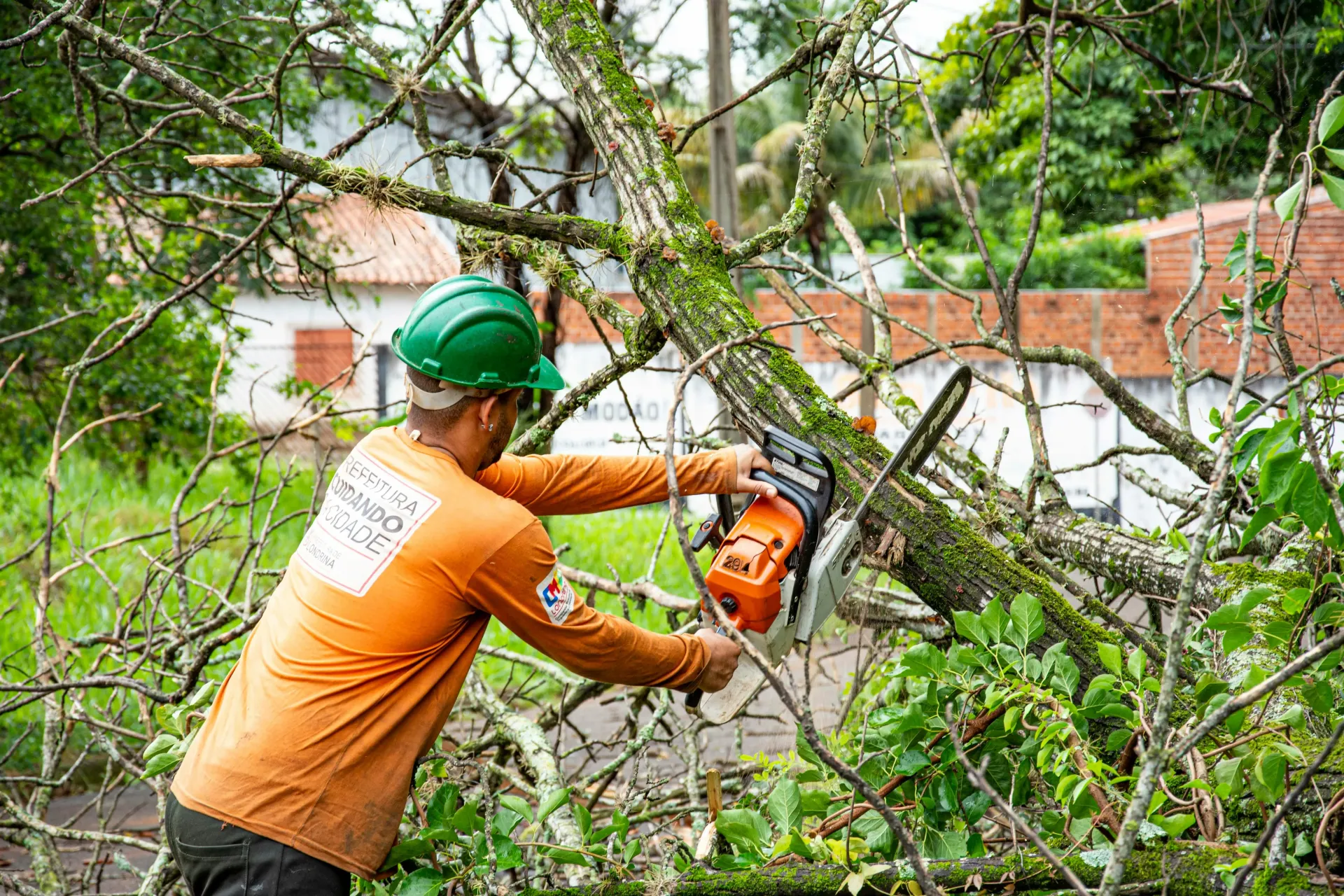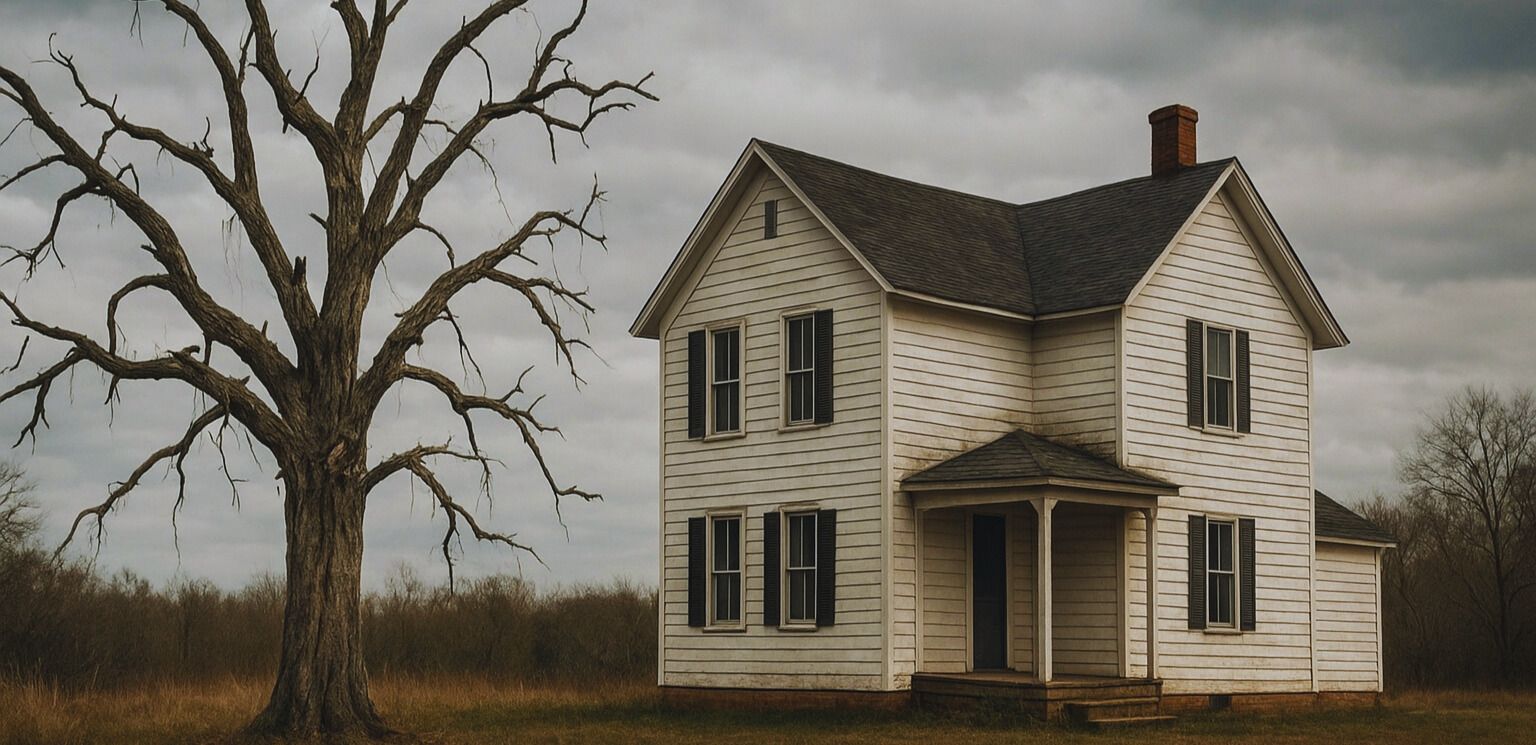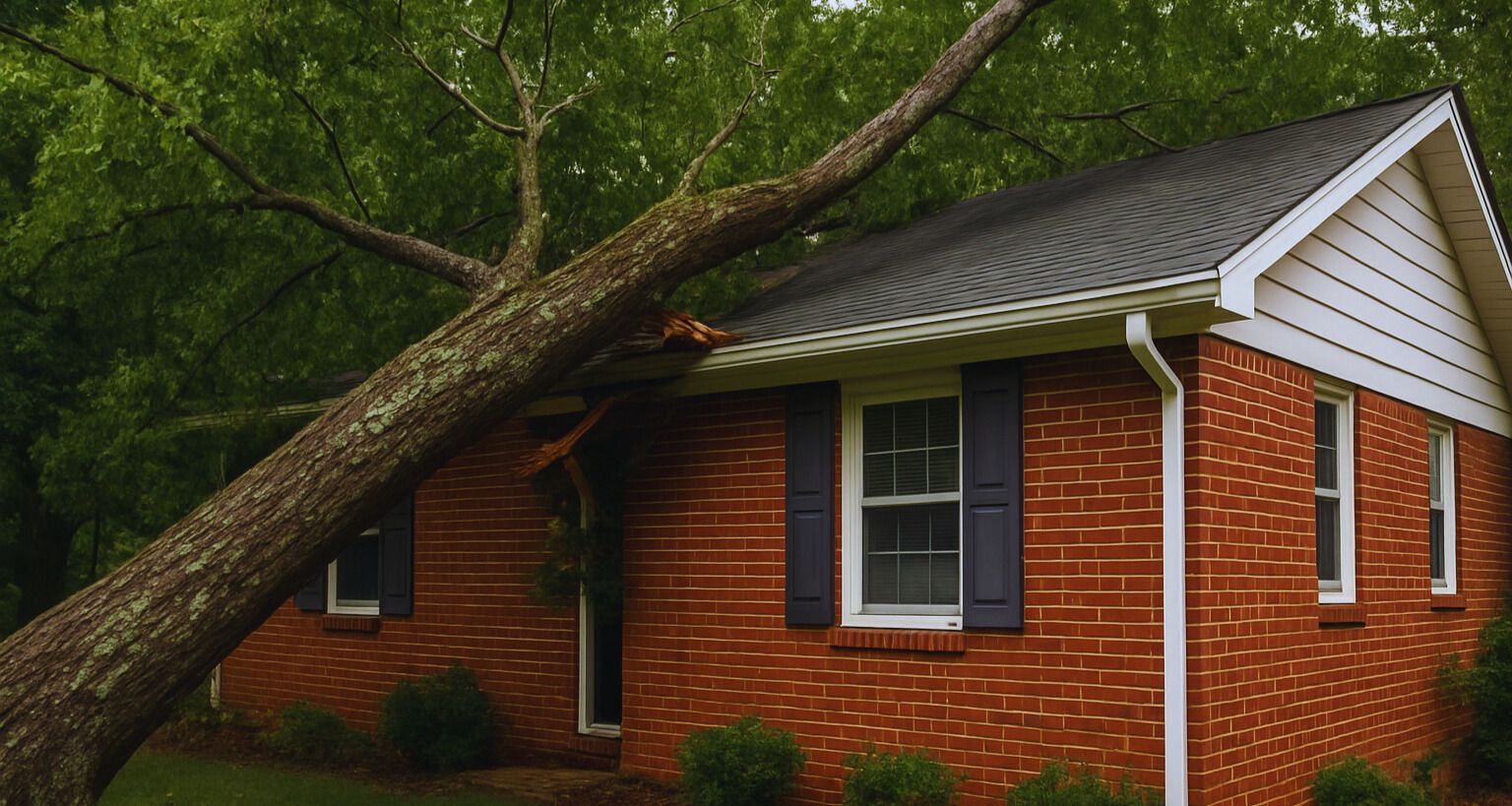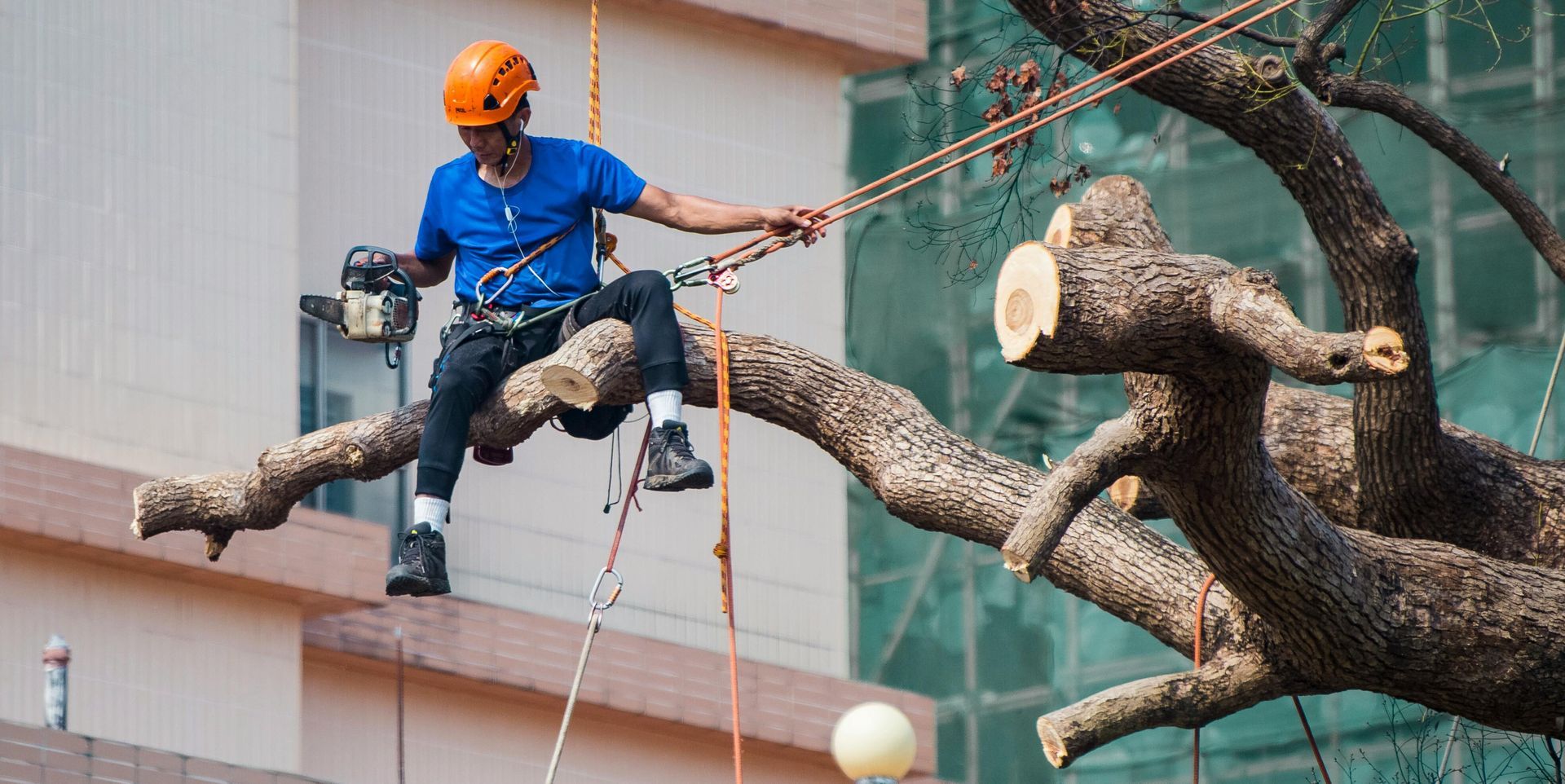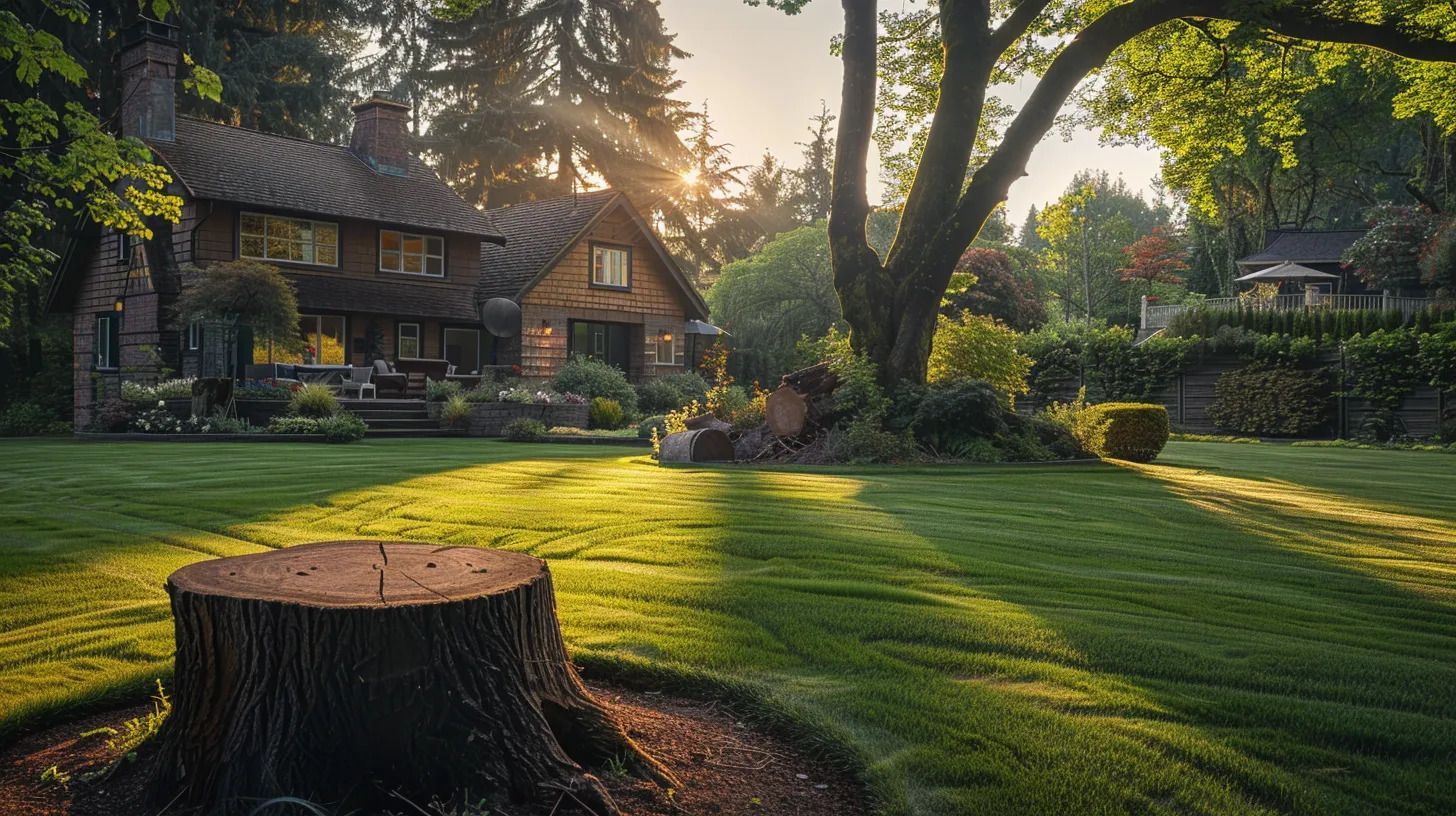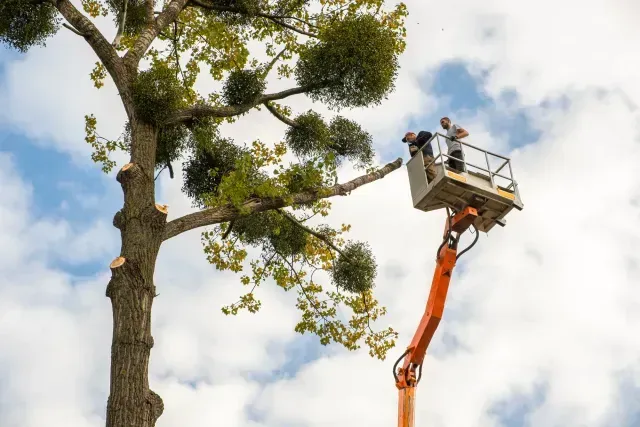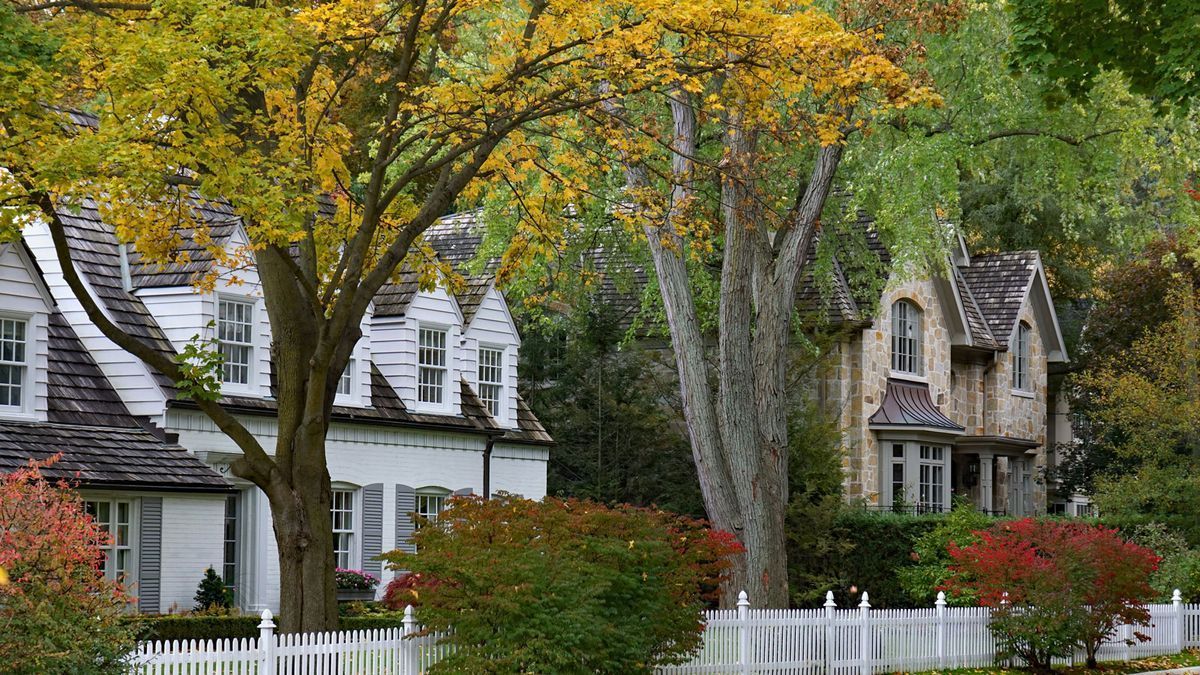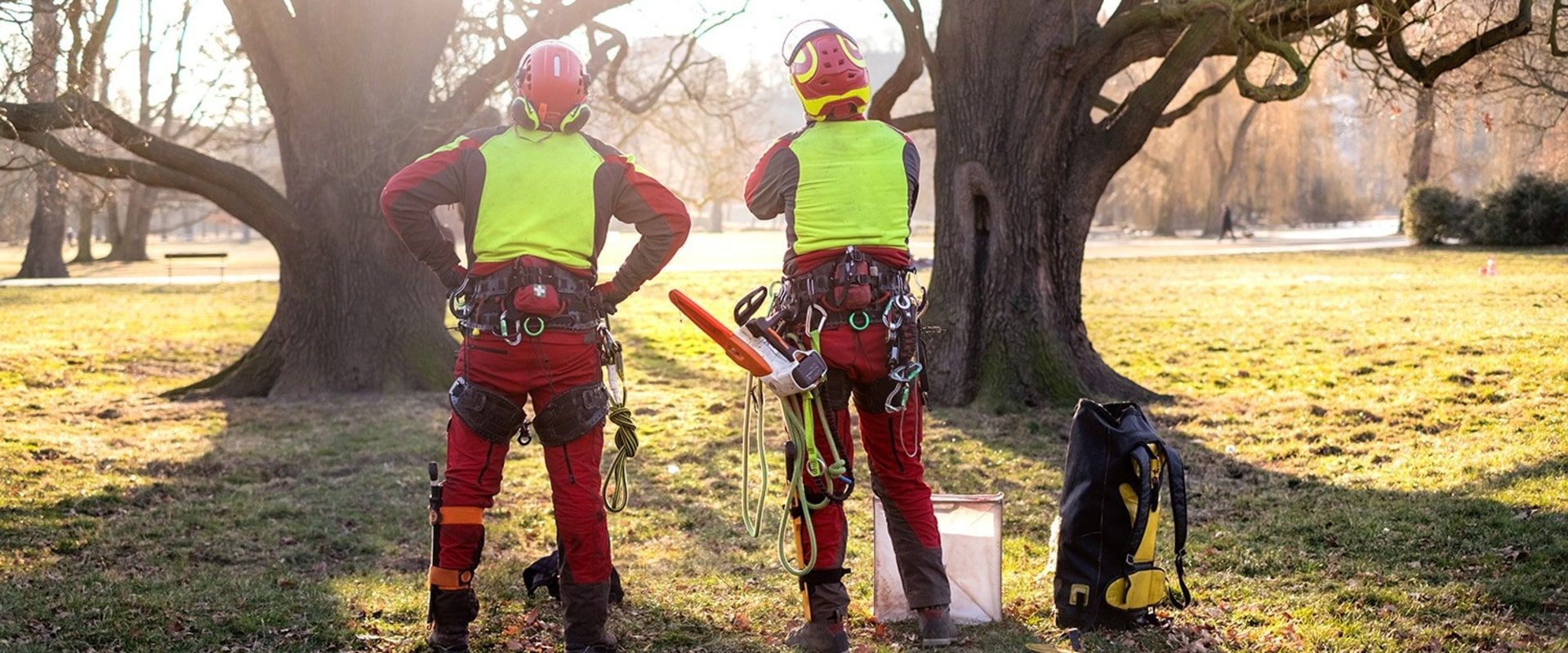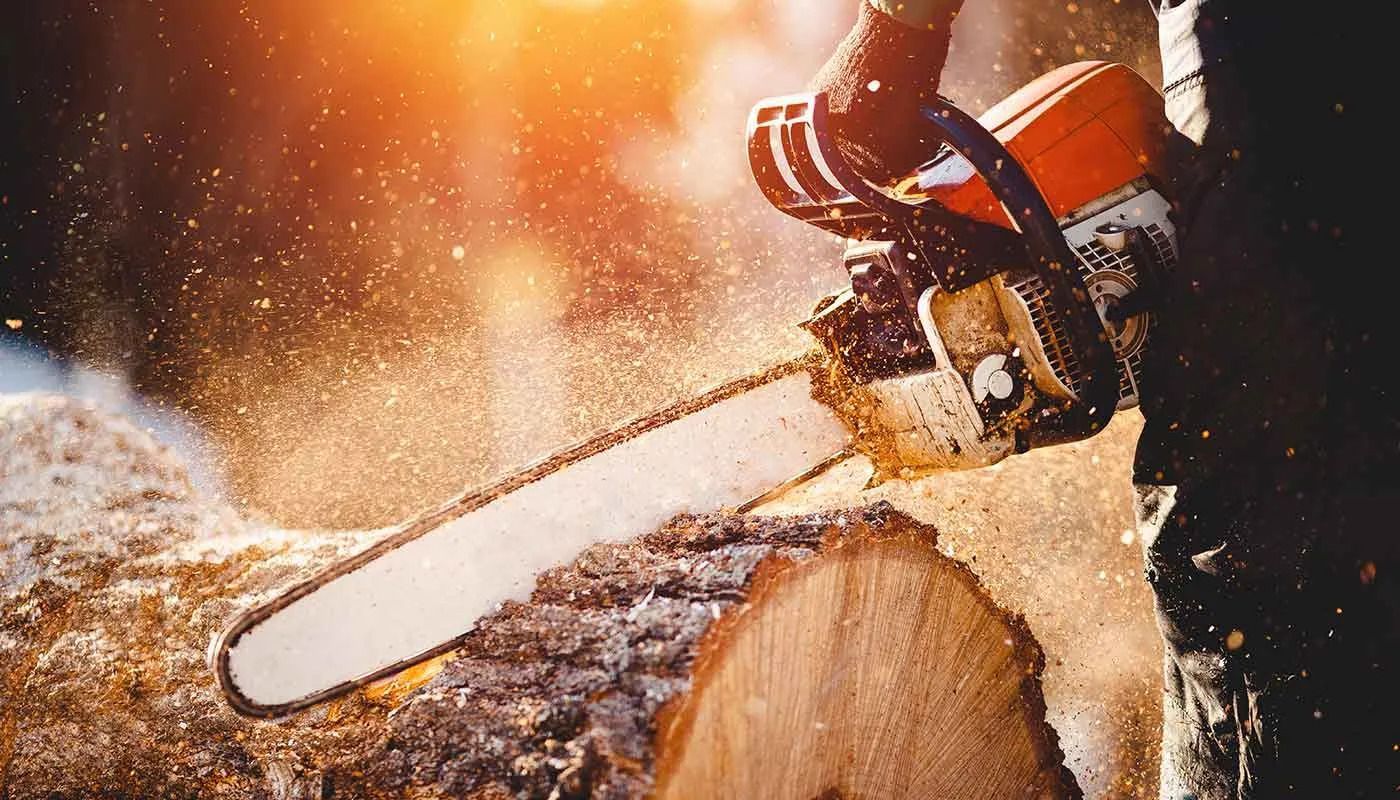The Arborist’s Guide to Tree Climbing: Mastering Techniques & Safety
Climbing trees isn't just for fun anymore. For arborists, it's a core skill—a gateway to pruning, inspecting, and preserving the giants of our green world. The Arborist’s Guide to Tree Climbing is more than a how-to; it's a lifestyle manual for anyone who lives in the treetops. Whether you're an experienced arborist or just learning the ropes, this guide will help you level up your skills with safety, confidence, and precision.
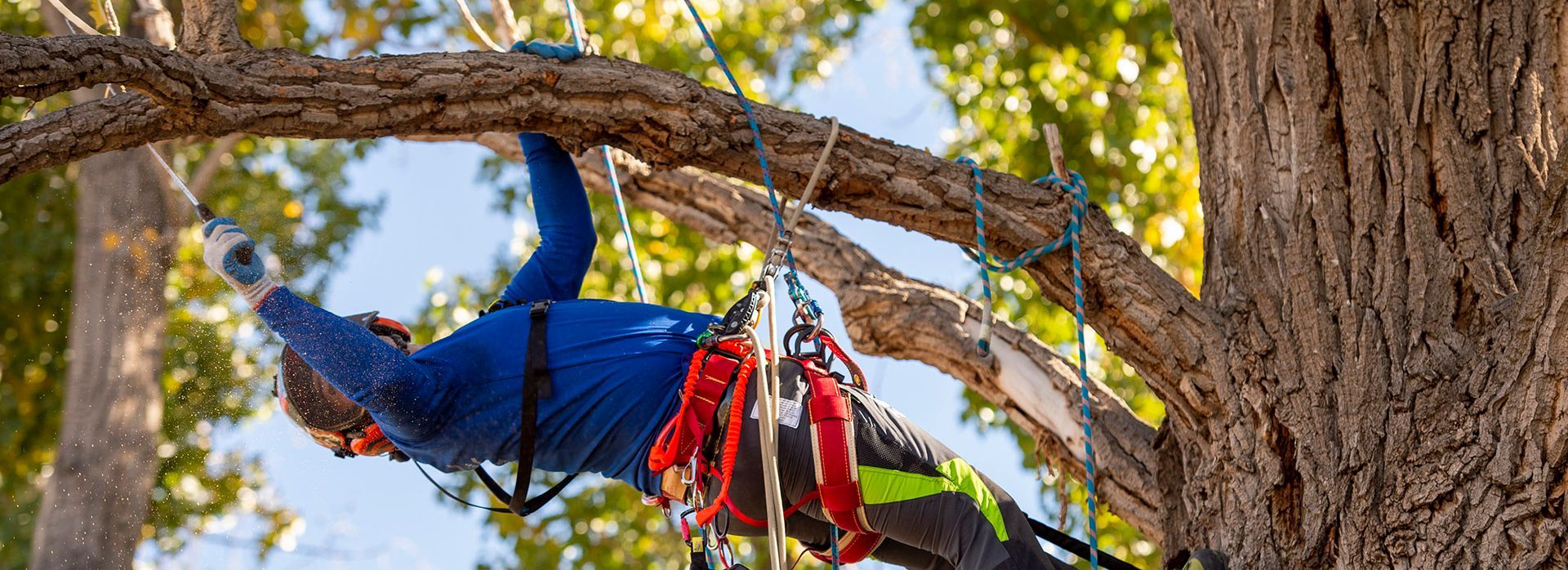
The Arborist’s Guide to Tree Climbing
Tree climbing as an arborist isn’t about scaling branches for kicks—it's about controlled access to canopies for professional work. Arborists use climbing to assess tree health, prune limbs, and even conduct aerial rescues. Mastery of climbing techniques also translates to better tree care, personal safety, and efficient work practices.
This guide takes you through gear selection, technique mastery, and safe practices to help you grow from novice to pro in the arborist field.
Essential Tree Climbing Gear for Arborists
Before you even think about ascending, make sure you’re geared up. The basics include:
- Helmet: Protects against falling branches and slips.
- Harness: Full-body or saddle style, essential for weight distribution.
- Ropes: Dynamic or static ropes based on climbing technique.
- Ascenders & Descenders: Help control your movement up and down.
- Carabiners: Connect various gear components and should be lockable for safety.
Investing in high-quality, ANSI-approved equipment is crucial. Faulty or cheap gear can cost lives—don’t cut corners here.
Choosing the Right Tree for Climbing
Not every tree is climb-worthy. Always assess:
- Species: Oaks and maples are ideal due to their strong limb structure.
- Health: Avoid trees with dead limbs, fungi, or visible disease.
- Structure: Look for well-spaced branches and a strong central trunk.
- Surroundings: Ensure no nearby power lines or weak soil conditions.
Tree selection plays a big role in climbing success and safety.
Rope Climbing Techniques
There are two main climbing systems every arborist should know:
- SRT (Single Rope Technique): Great for straight, tall trees and longer ascents. Offers efficiency and less rope drag.
- DRT (Double Rope Technique): Best for maneuverability and safety. More dynamic but takes more effort.
Each has pros and cons. Many arborists use both, depending on the job.
How to Tie Common Arborist Knots
Knots are the unsung heroes of tree climbing. Some essentials include:
- Blake’s Hitch: A friction hitch perfect for DRT systems.
- Prusik Knot: Great for ascending ropes and providing grip.
- Bowline: A fixed loop knot, often used to tie-in to your harness.
- Clove Hitch: Useful for temporary anchoring.
Practice these on the ground until you can do them with your eyes closed.
Harnessing Up: Proper Fitting and Adjustment
Your harness is your lifeline. Make sure:
- Leg straps are snug but not tight.
- Waist belt sits above your hips.
- D-rings and attachments are positioned correctly.
Improperly worn harnesses can cause back pain or worse—fall injuries. Take time to get it right every single climb.
Pre-Climb Tree Inspection Checklist
Inspect the tree thoroughly before climbing. Look for:
- Dead branches (“widow-makers”)
- Signs of rot or decay
- Fungal growth
- Animal nests
- Insect infestations
Use binoculars to scan the canopy if necessary. What you miss from the ground can surprise you in the air.
Tree Climbing Safety Protocols
Safety is non-negotiable in arborist work. Always follow these:
- Have a Ground Crew: At least one trained person to assist.
- Emergency Plan: Know what to do if things go wrong.
- First Aid Kit: Always on hand and accessible.
- Climbing Signals: Establish clear hand or voice signals before ascent.
Safety isn't just about gear—it’s also about communication and preparation.
Best Practices for Beginners in Tree Climbing
Starting out? Here’s what to focus on:
- Join a training course or workshop
- Learn from a seasoned arborist
- Start with small trees and work upward
- Master one technique before adding others
- Keep a climbing journal to track progress
Patience and practice beat overconfidence every time.
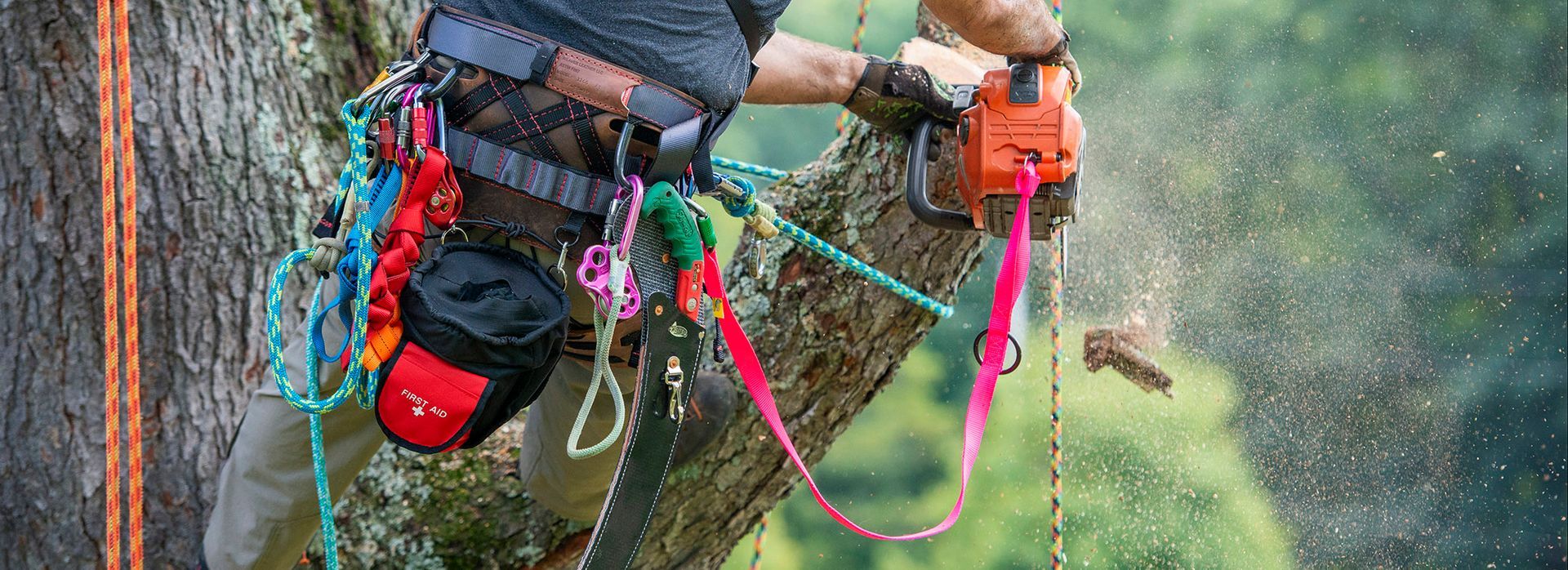
Advanced Techniques for Professional Arborists
If you’ve mastered the basics, try these:
- Limb Walking: Walking along branches while maintaining balance and anchor points.
- Canopy Access: Navigating high points of trees using redirects.
- Aerial Rescue: Being able to retrieve an injured climber safely.
Advanced techniques require physical strength, mental focus, and continuous training.
Common Mistakes to Avoid in Tree Climbing
Even seasoned climbers can fall into bad habits:
- Rushing setup or inspections
- Using worn-out ropes or gear
- Climbing alone
- Forgetting to communicate with the ground crew
- Overloading anchor points
Avoid these mistakes and your climbing career will be longer and safer.
Tree Climbing in Different Weather Conditions
Climbing in nature means dealing with nature. Be cautious:
- Rain: Makes bark slippery—postpone climbs.
- Wind: Branches may sway dangerously.
- Heat: Stay hydrated and rest often.
- Cold: Watch for icy ropes and frozen limbs.
Always check forecasts before heading out.
Tree Service and Climbing
Tree climbing is more than recreation—it’s a vital tool in tree service. Whether you're pruning high branches, removing deadwood, or inspecting storm damage, skilled climbing enables professionals to reach places machines can’t.
That’s why top-rated companies often employ certified climbing arborists—it ensures safer, more effective work.
Communication with Ground Crew
Good climbing isn’t solo—it’s teamwork. Use:
- Two-way radios
- Hand signals
- Whistles or visual cues
Clear communication can prevent misunderstandings that lead to injuries. Trust your crew, and make sure they’re always in the loop.
Tree Preservation While Climbing
Respect the tree. Avoid:
- Spikes or gaffs (unless removing the tree)
- Over-tight ropes
- Bark damage from poor limb walking
- Unnecessary cuts
Healthy climbing = healthy trees.
Contacting a Professional Tree Service
For dangerous, tall, or complex climbs, don’t risk it. Always contact a professional tree service. Certified arborists have the training, insurance, and equipment to handle the most complicated jobs safely and efficiently.
FAQs
What is the best climbing system for beginners?
Double Rope Technique (DRT) is often easier for beginners to learn because it’s more forgiving and easier to control.
How often should tree climbing gear be inspected?
Before every climb. Also, conduct a thorough monthly check for wear and tear.
Can tree climbing damage the tree?
Yes, if done improperly. Always use non-invasive gear and techniques.
Do I need certification to climb trees professionally?
In most regions, yes. Certification adds credibility and ensures safety standards are met.
How long does it take to learn tree climbing?
With regular practice, basic skills can be learned in 3–6 months. Mastery takes years.
Is tree climbing safe for solo work?
It’s highly discouraged. Always have a ground crew or spotter present.
Conclusion
Tree climbing is an art, a science, and a serious responsibility. For arborists, it opens up a whole new world of opportunity—if done right. With the right training, tools, and mindset, you can climb with confidence, take care of trees with precision, and work safely from the first branch to the top of the canopy. Let The Arborist’s Guide to Tree Climbing be your go-to companion on this upward journey.
Links
